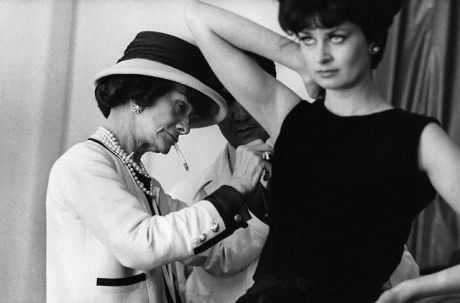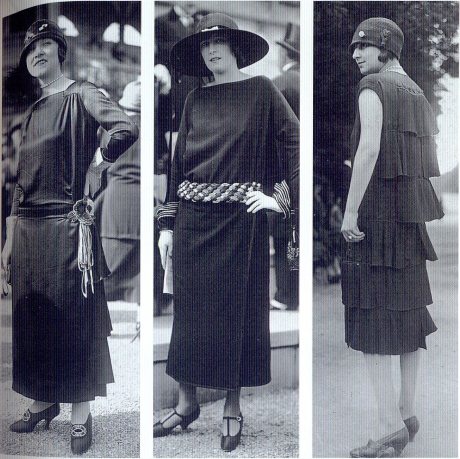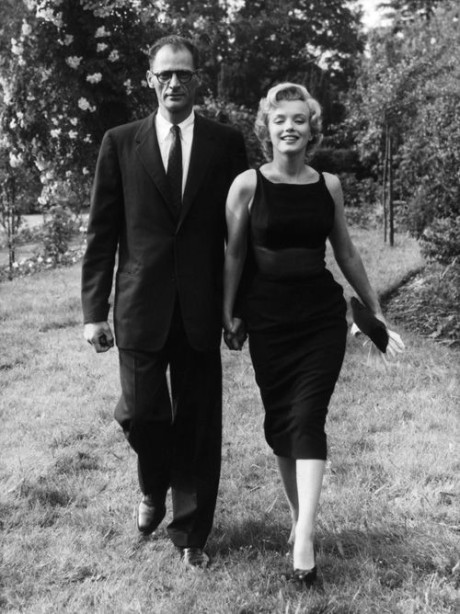LBD or the Little Black Dress is one item of clothing that doesn’t need any introduction. Every woman will give anything to find the perfect one and will search for it till she finds it. And why wouldn’t she? Very few dresses can be as timeless and versatile as the LBD. It is one thing to not go out of style, but to be in fashion for decades is an achievement indeed. When Coco Chanel came up with the concept of LBD in the 1920s, this is the feat that she had achieved.
Seasons come and go but the LBD stays. The only things that change are the designs, styles, materials, etc, but the main concept remains unhindered. This is what a true LBD should be; simple, elegant and ever so timeless. So, haven’t you ever wondered why or how this piece was created in an era in which black was only a color for mourning?
The Origin of LBD:
The Little Black Dress was not just one of those things that a designer comes up with, simply out of his creativity. No, it had a greater purpose. It defined the changing woman of the 1920s.The 20s was the era when women started to enter into the professional fields. The flowery, frilly, conservative and modest dresses were no longer good enough.
The modern woman wanted something that she could go to work in, along with feeling confident and attractive. This is when Chanel introduced the LBD. It wasn’t exactly in the form that we see today. The dress was longer, up to the calf and made mostly out of crepe. Even though critics complained about the color at first, it gained popularity swiftly with women from every strata of the society at the time.
Changes in the LBD With Time:
Very soon the world became a victim of the Second World War and luxuries like silk and wool became rare. The designers then tried to compensate for them with materials like satin, crepe and velvet. This trend entered the world of LBDs too and was soon embraced by the women of the generation.
The 50s and 60s were significant in the evolution of the little black dress. While the 50s saw a number of actresses and famous celebrities using the LBD as a seductive piece of dressing, the 60s saw major changes in its design. The length got shorter, slits were used to increase the appeal of the dresses and a lot of variety was seen in terms of material. The contribution of Christian Dior in all this is worth mentioning as he, around this time, had created a line dedicated solely to these dresses.
After this came the LBDs that this generation is very familiar with; like the classic sheath LBD worn by Audrey Hepburn in Breakfast at Tiffany’s, the LBD worn by Marilyn Monroe, first lady Jackie O. etc. Today, the ramps in every significant fashion week regularly experiences new trends and styles in the classic LBD that has been around for generations.
Yet we can all safely claim that one simple and classic Little Black Dress is more than a good buy, it is an investment in the world of fashion. Trends may come and trends may go, but this LBD will stay on forever.






Really cool article! I had no idea!